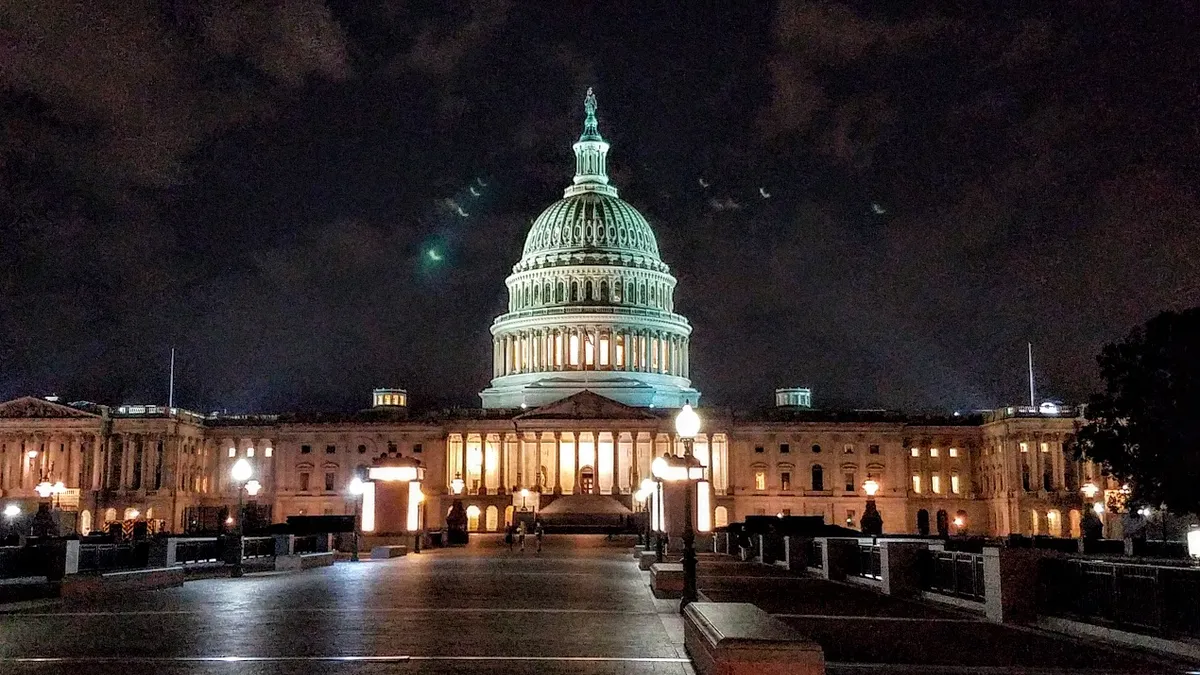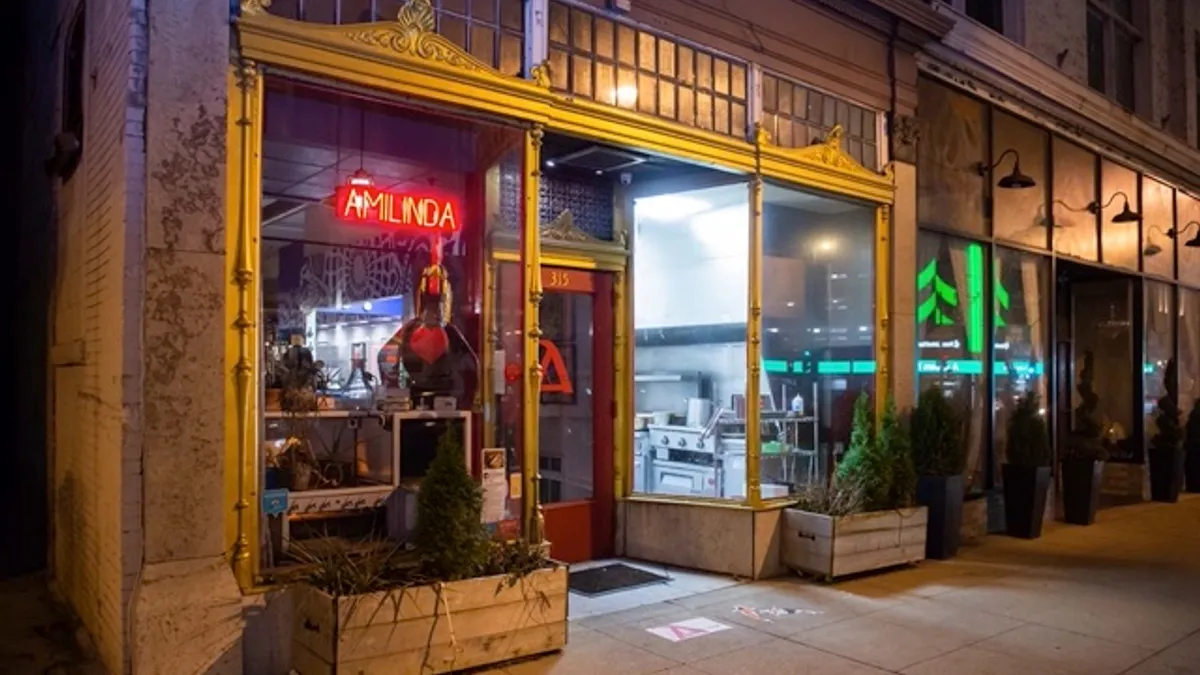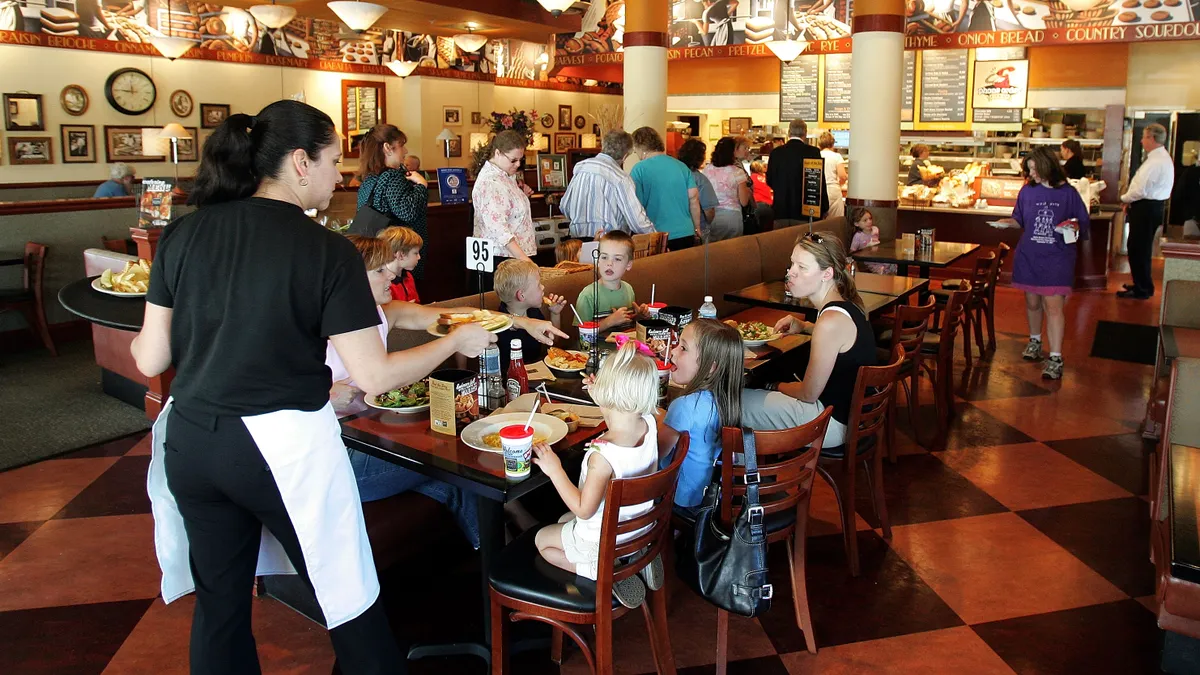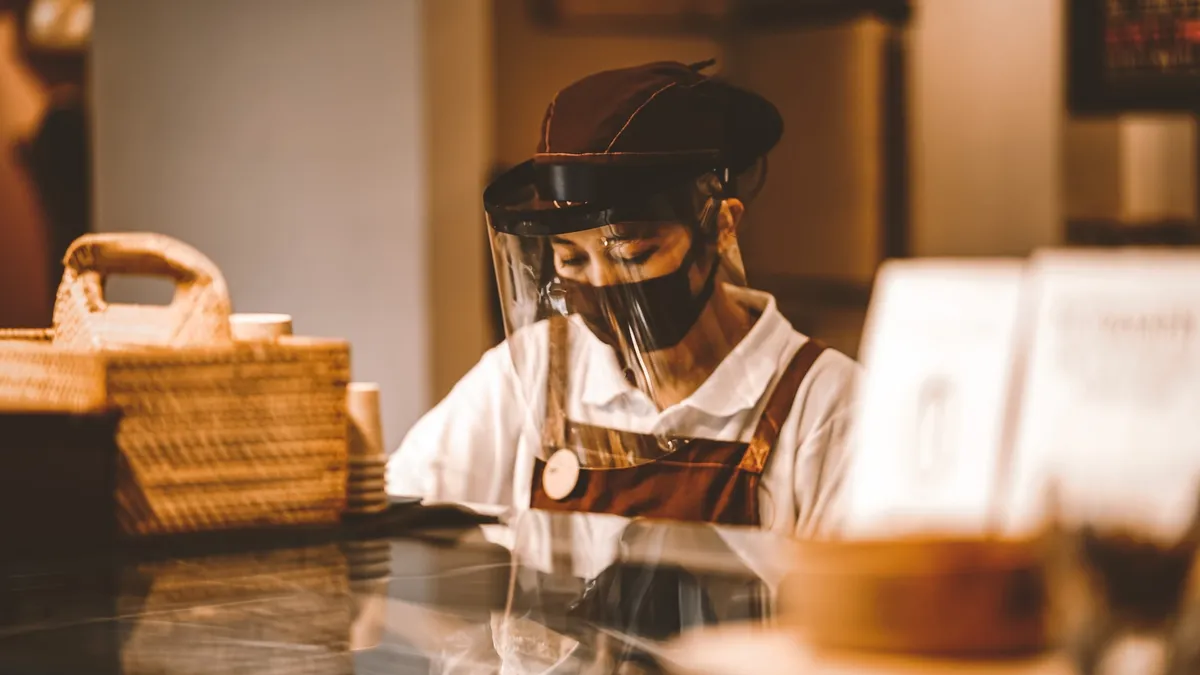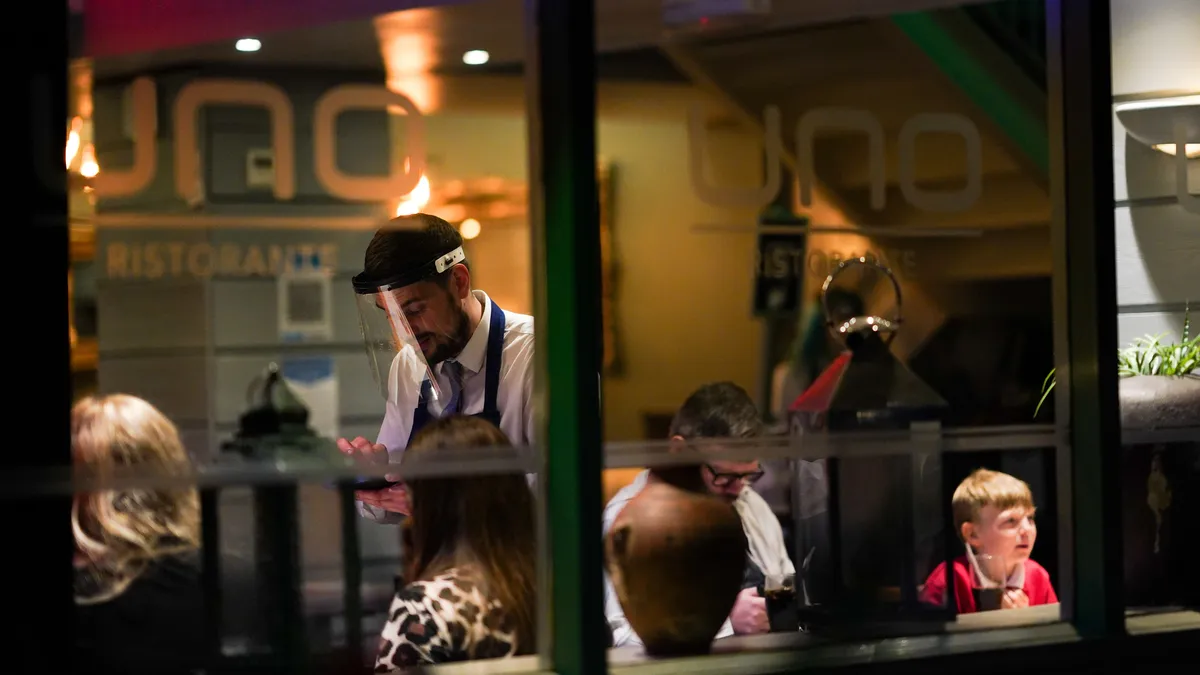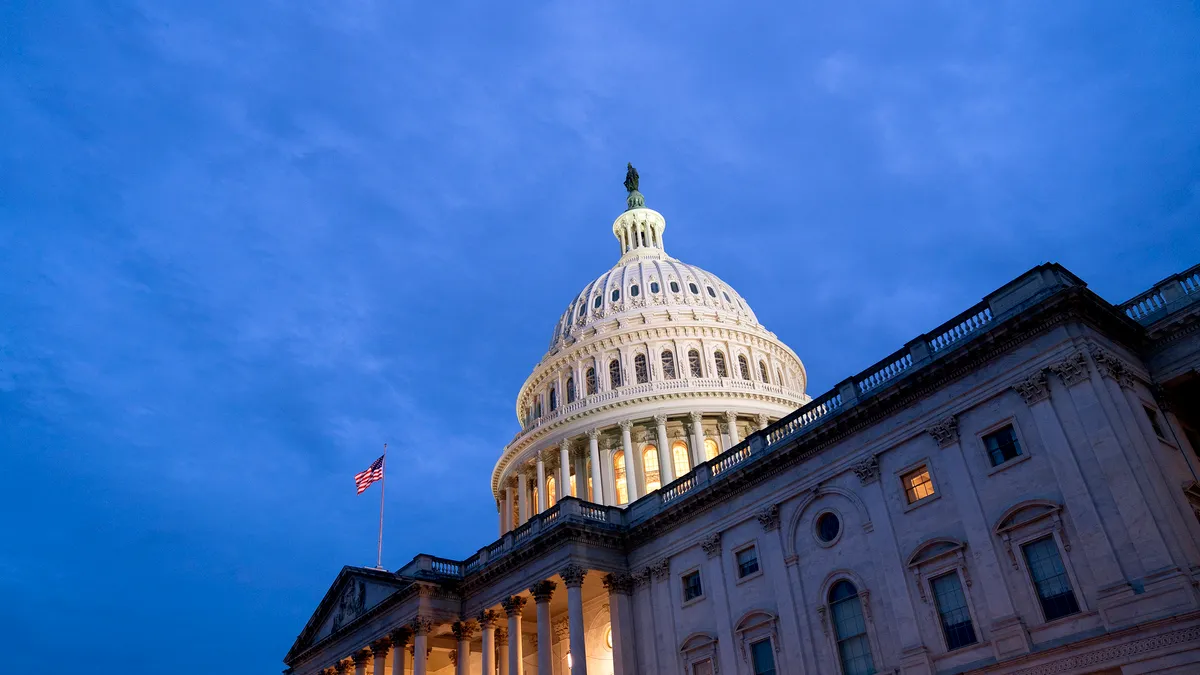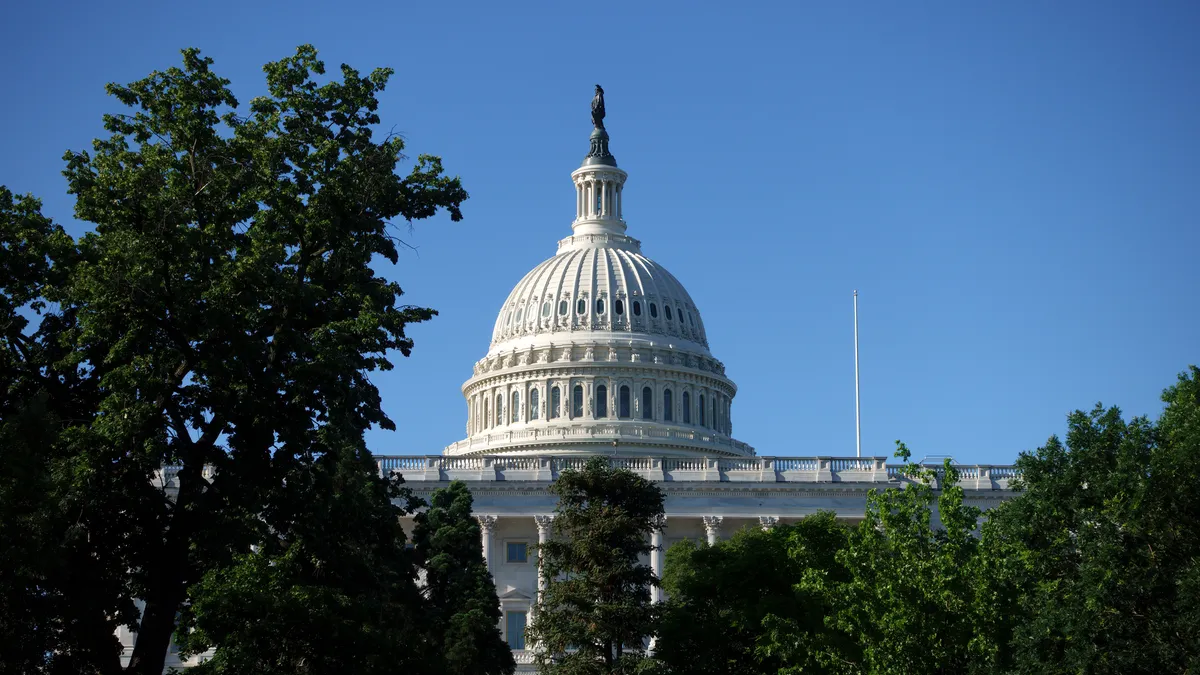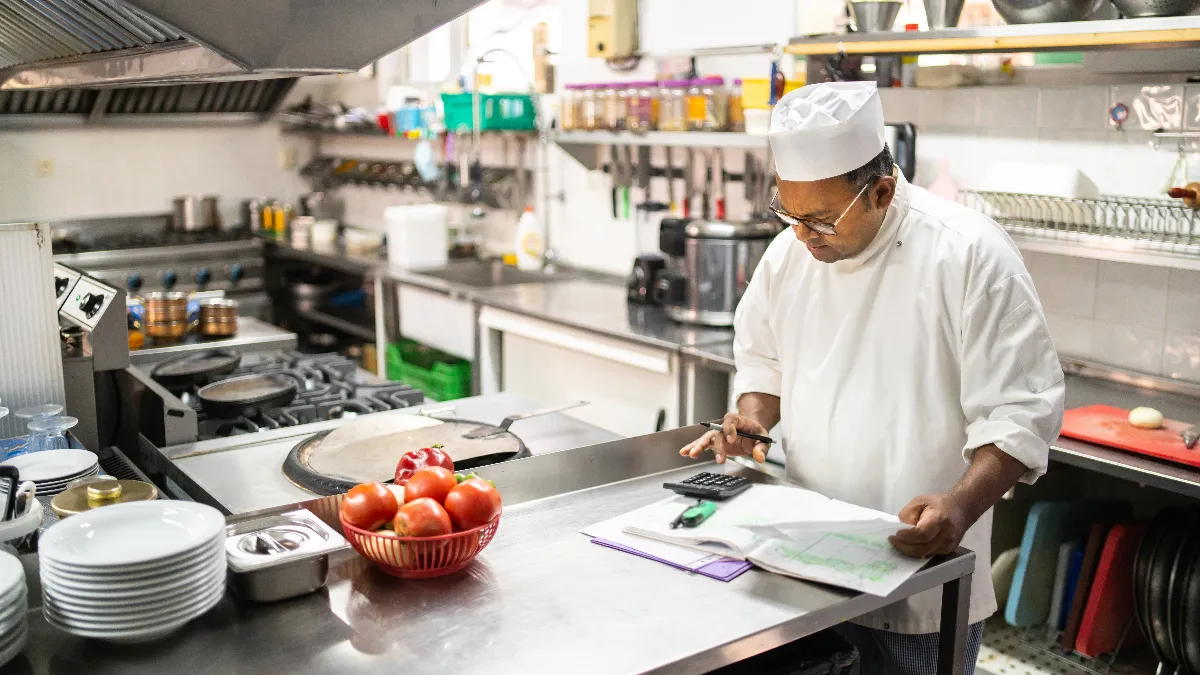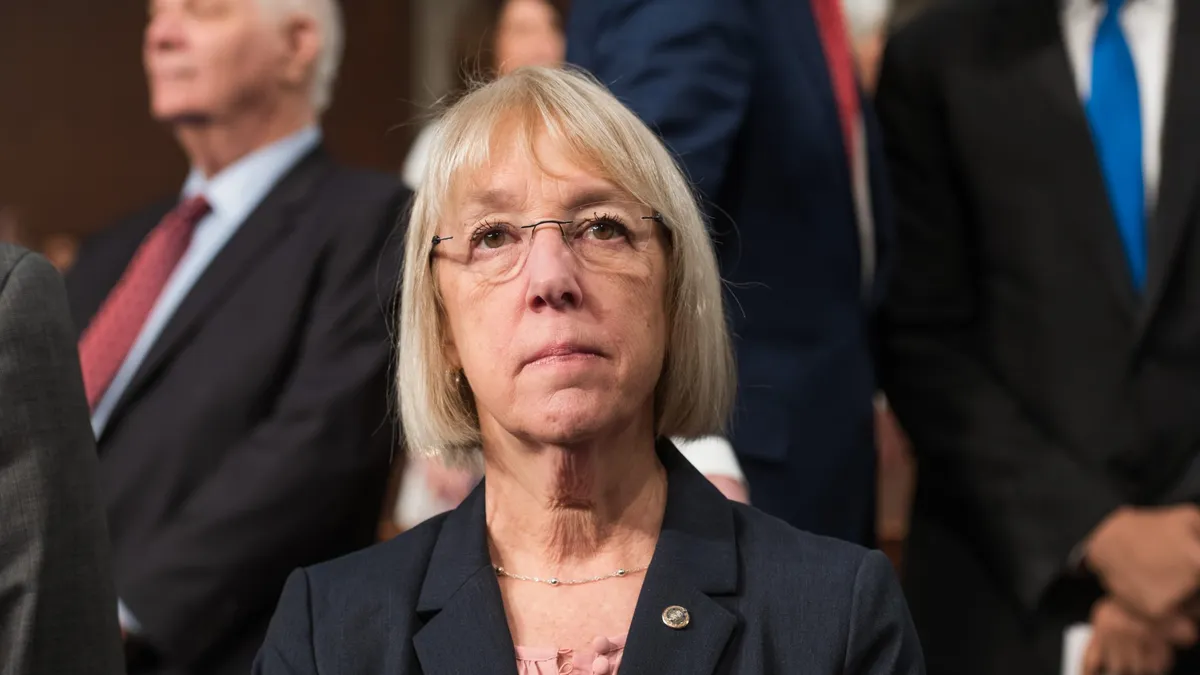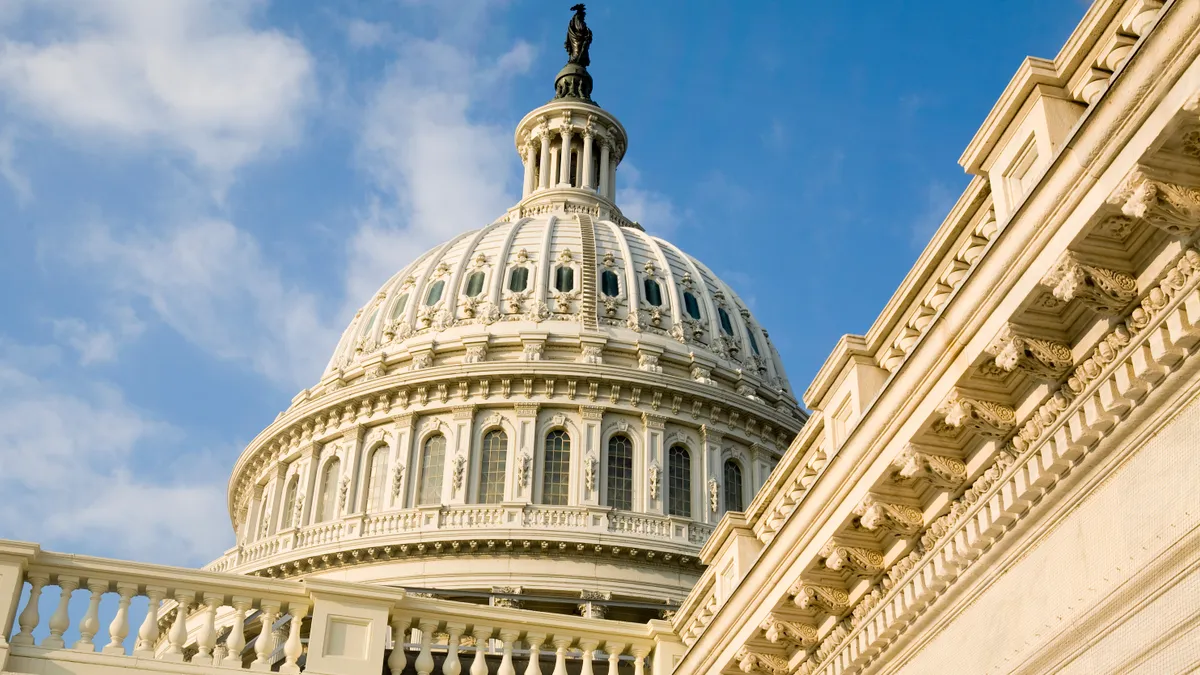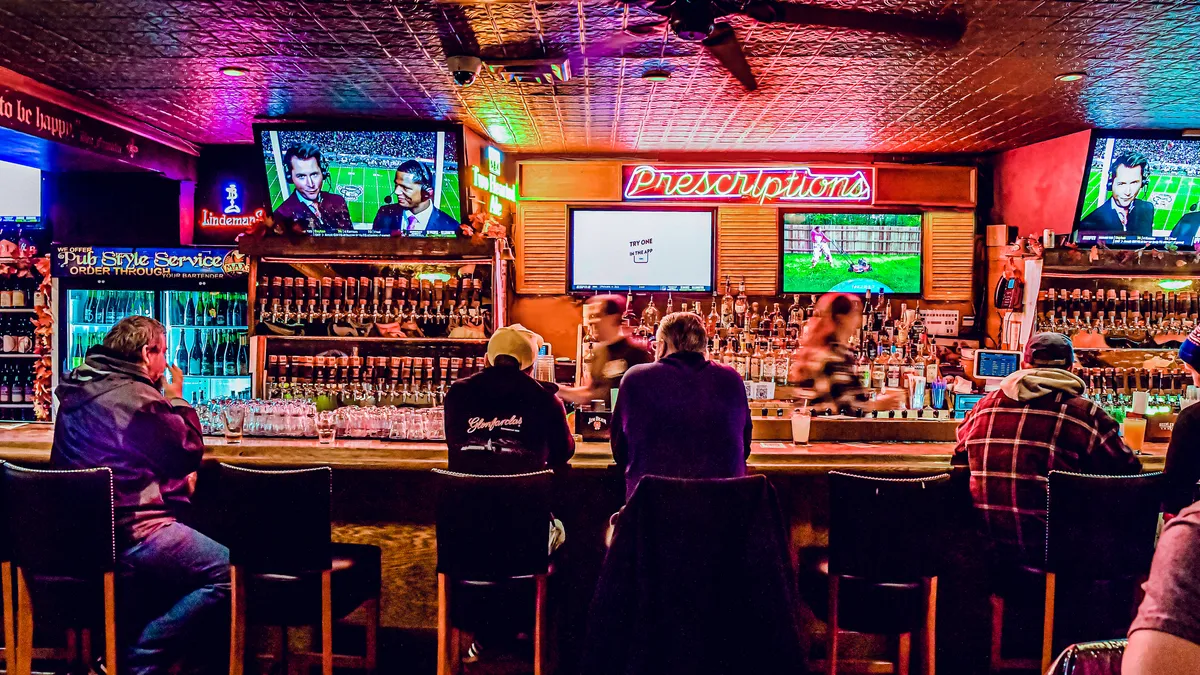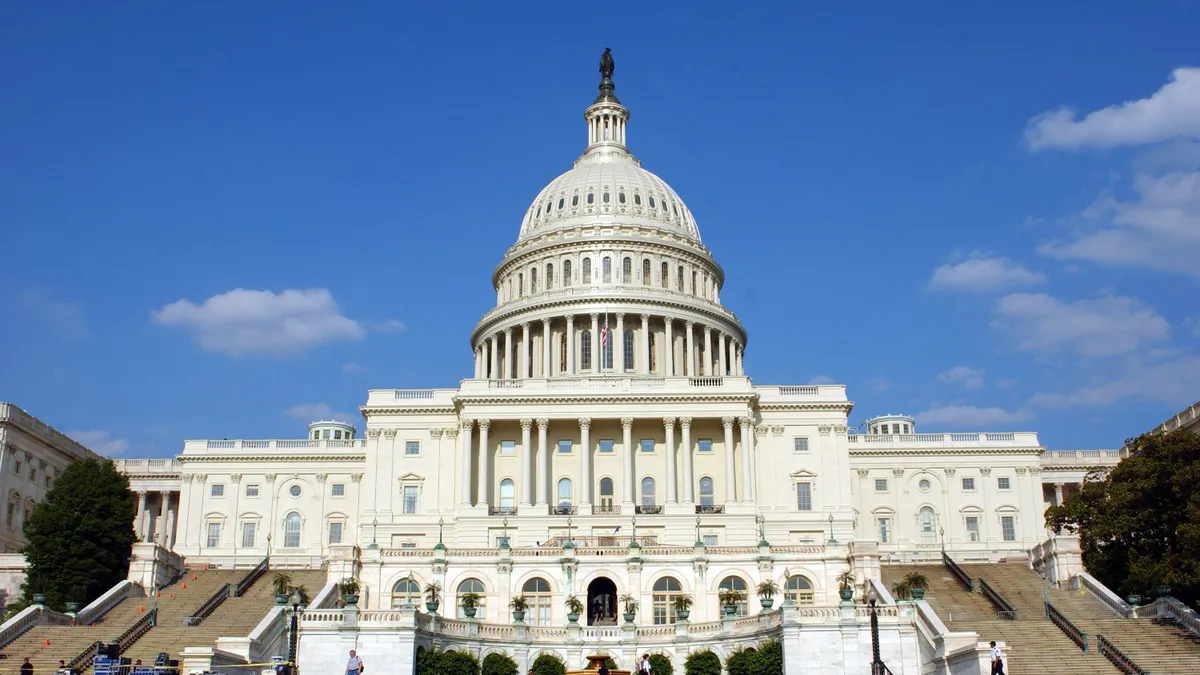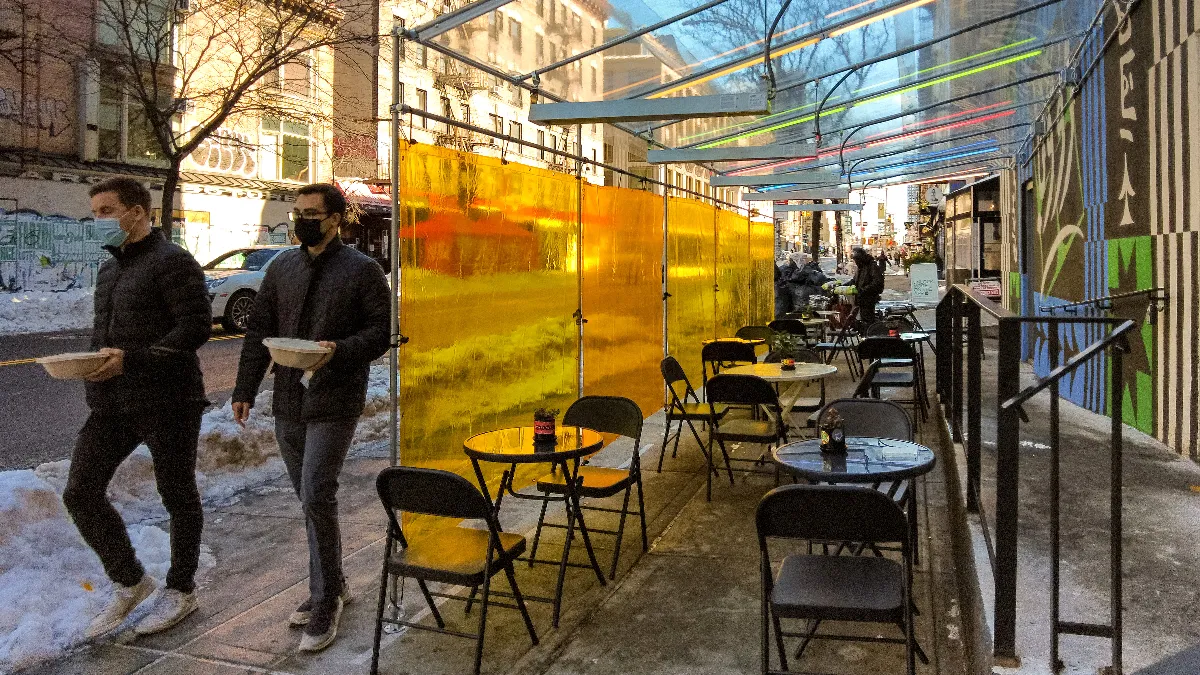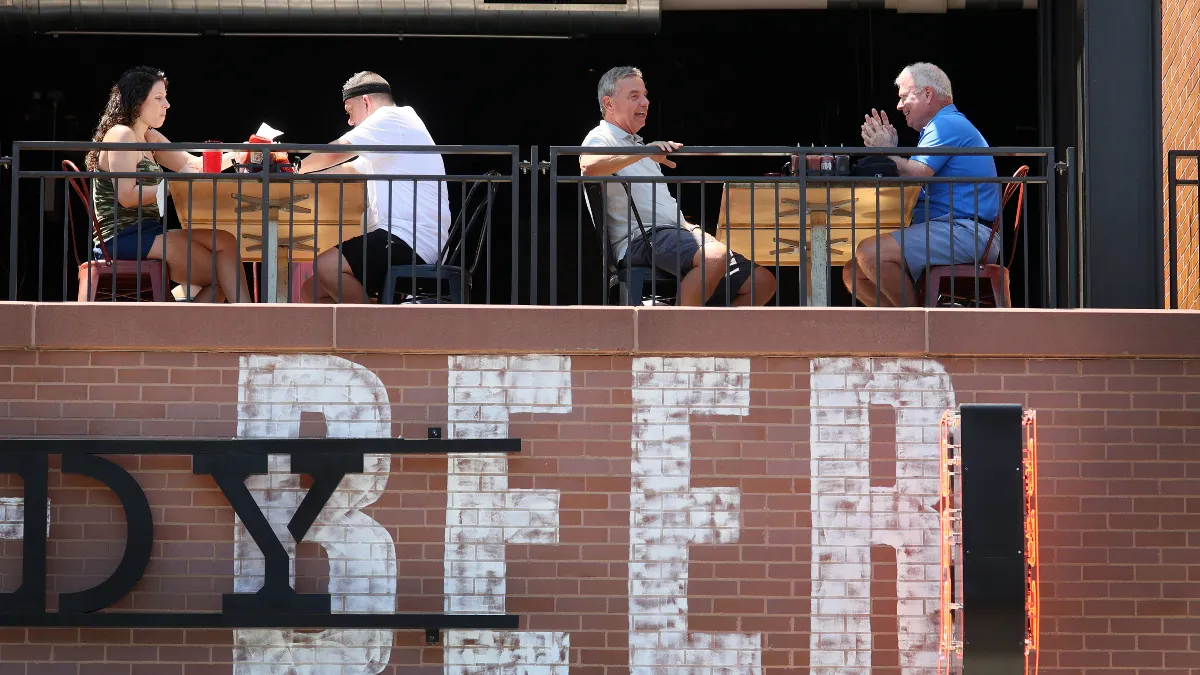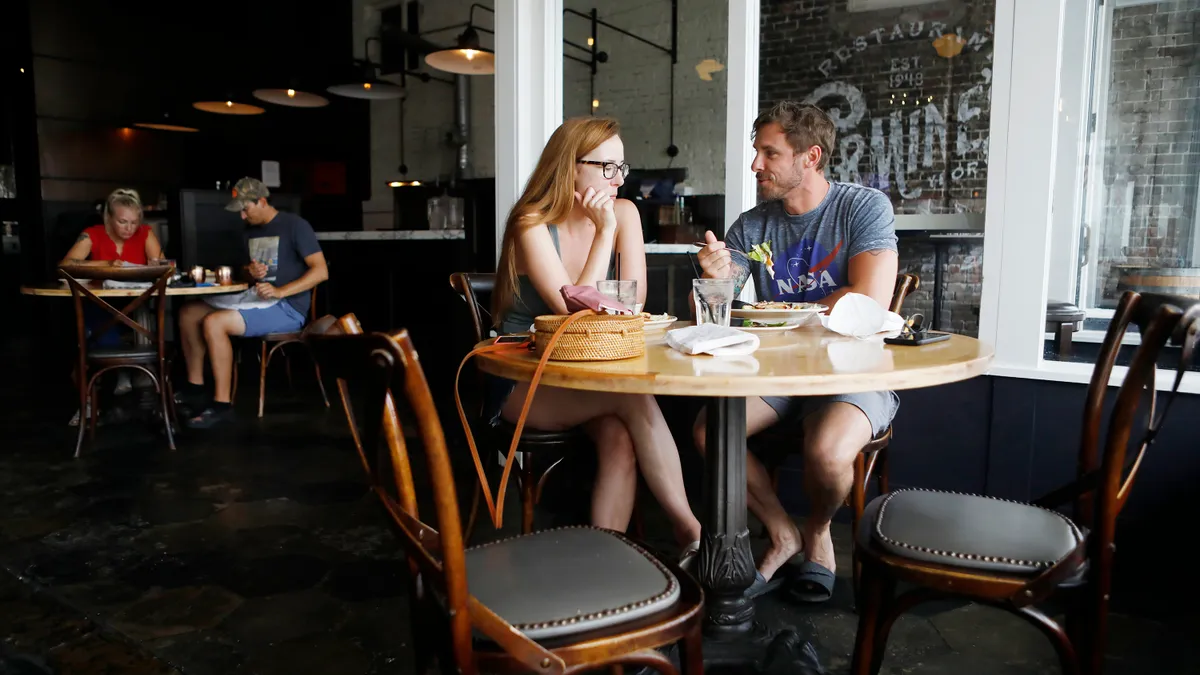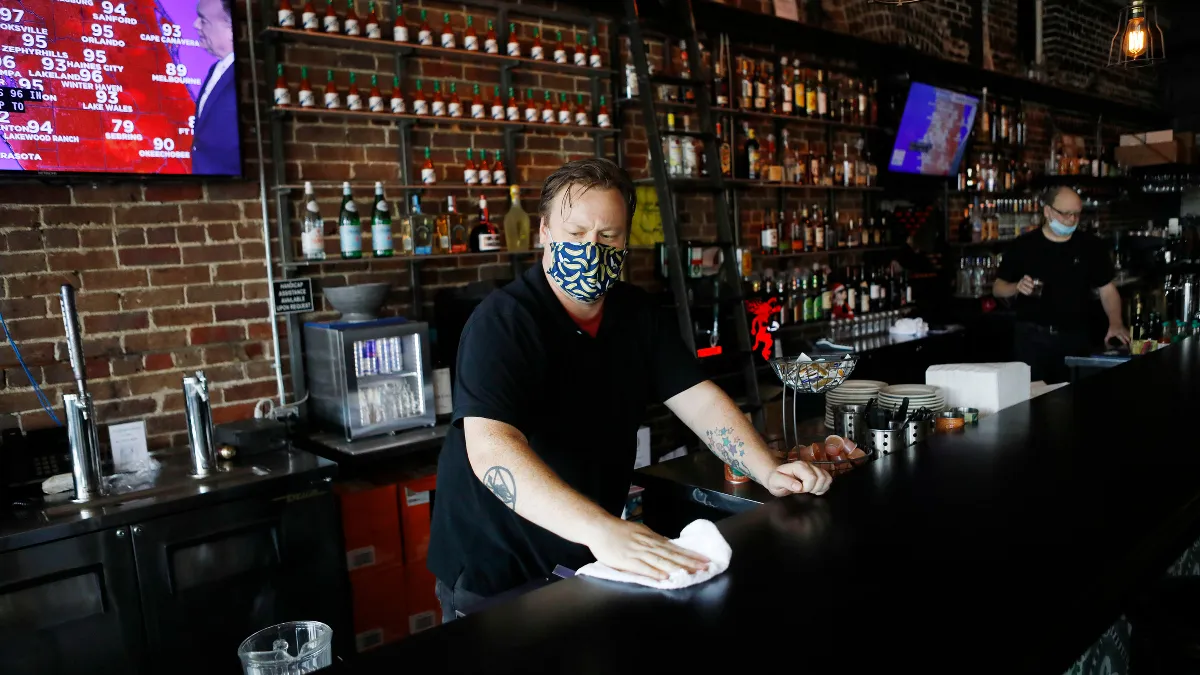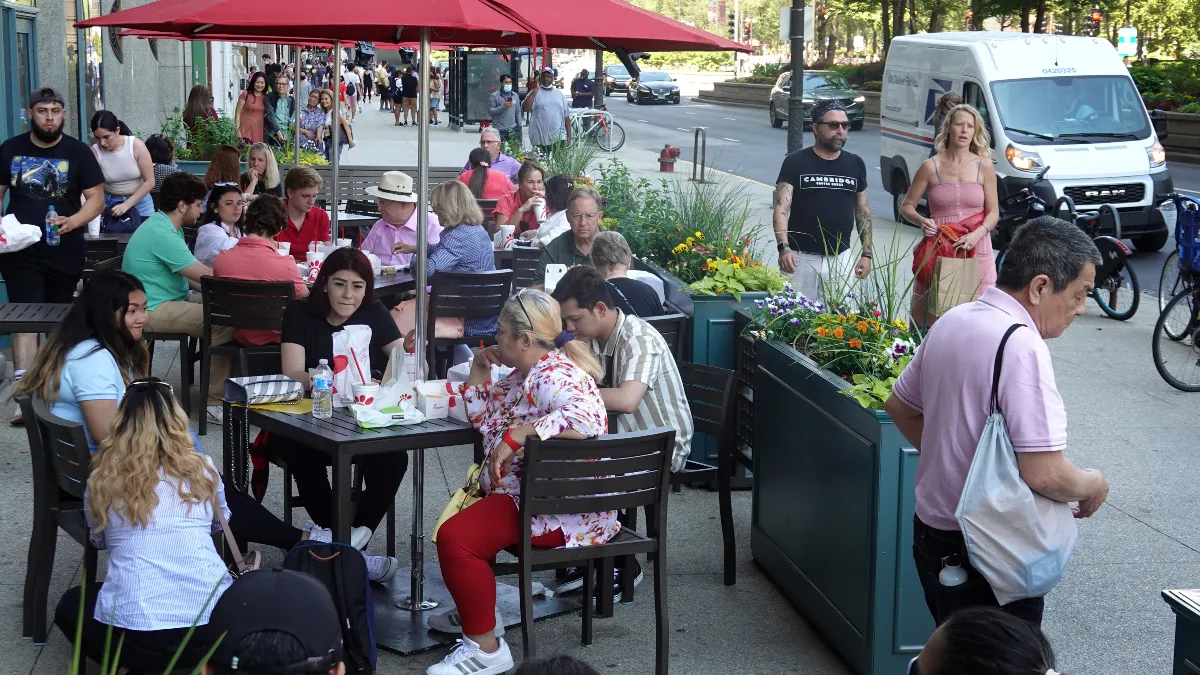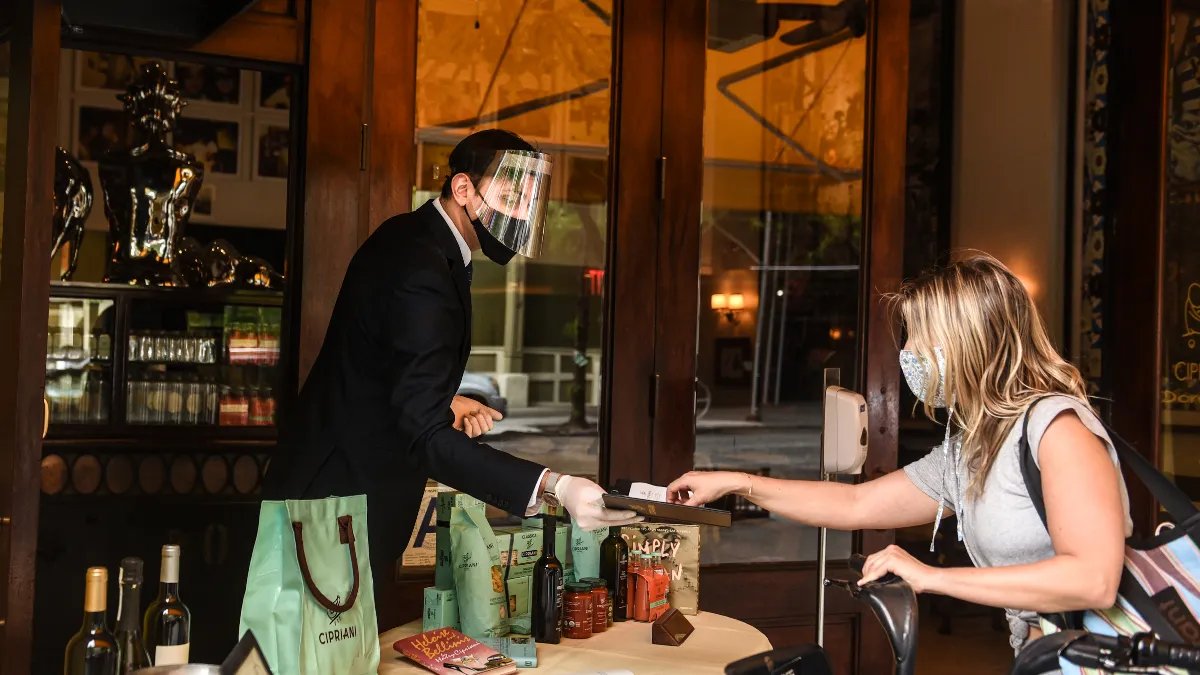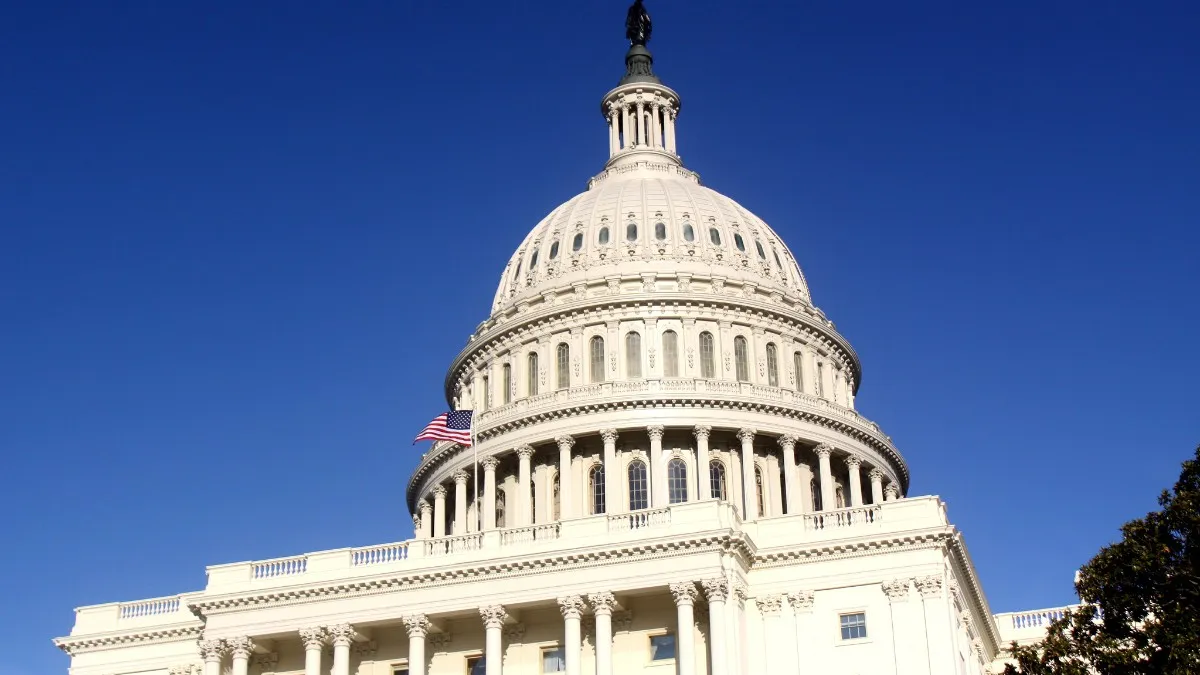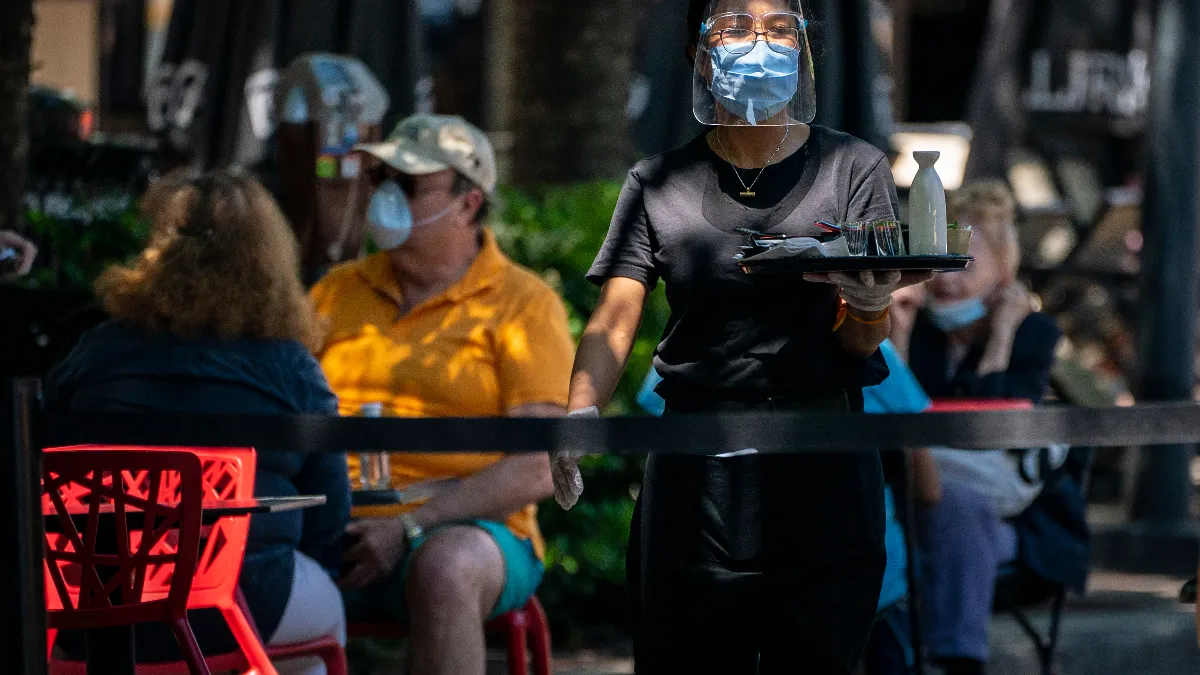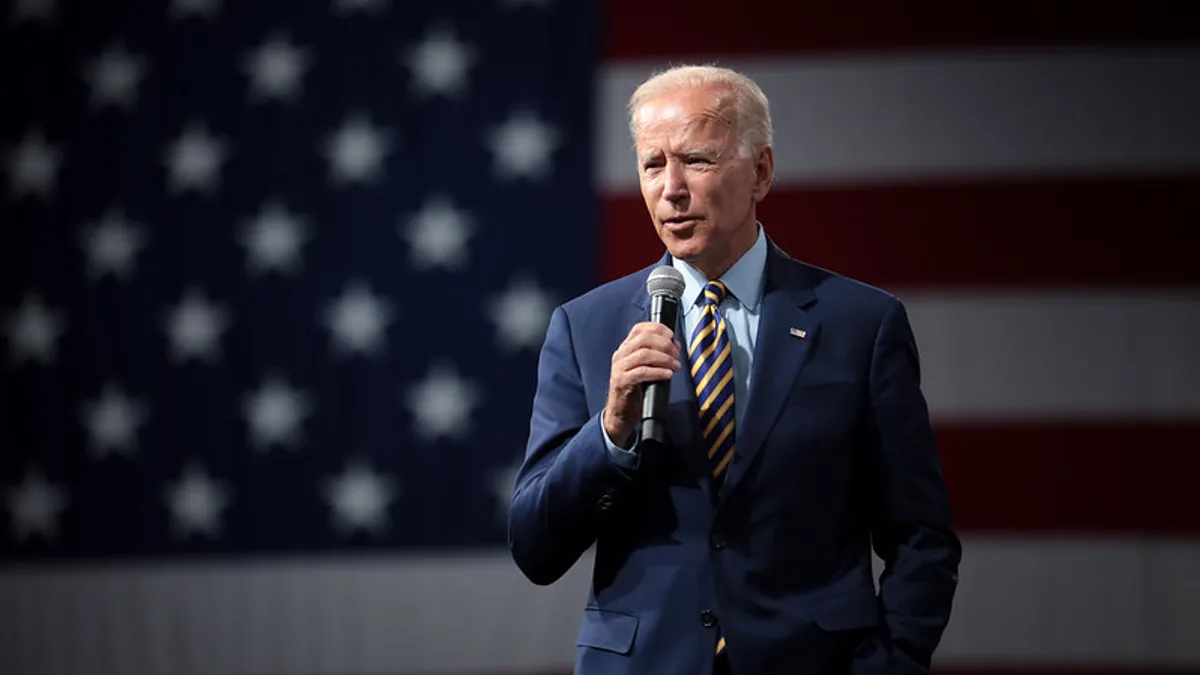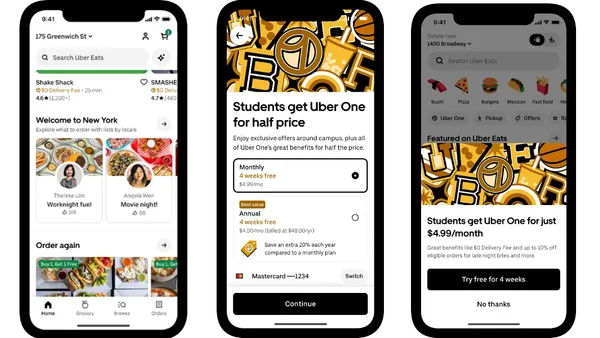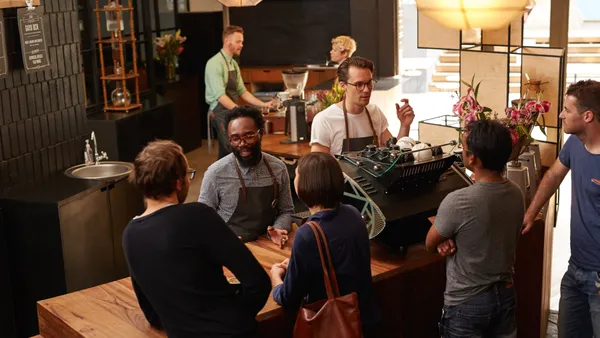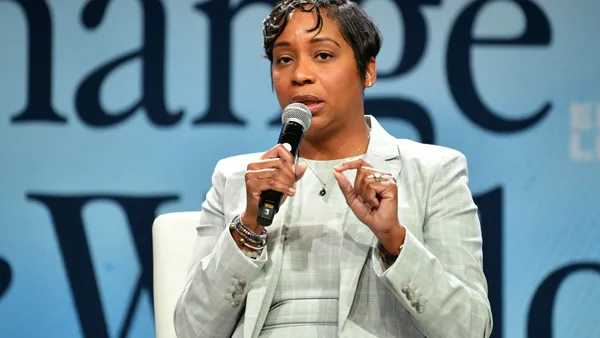UPDATE: March 26, 2021: Restaurants won't have access to grants from the $28.6 billion Restaurant Revitalization Fund until at least next month, Patrick Kelley, associate administrator for the Small Business Association's Office of Capital Access, told a Senate committee Wednesday, QSR Magazine reports.
"We are working as fast as we can and around the clock to get the restaurant relief program up off the ground. And so the timeframe we're trying to go for is in the next 30 days," Kelley told the committee.
The SBA plans to begin posting relevant information in the next week or so and provide guidance on applications and supporting documentation. The process would then shift to the prioritization period before the program's broad rollout, which could take 30 to 45 days, Kelley said. The SBA is currently building a technology platform that can deploy hundreds of thousands of grants.
--
After a year of devastating closure rates, job loss and economic upheaval that will scar the hospitality industry for years to come, restaurants have finally won the targeted federal relief they have sought since the pandemic's outset.
In fact, restaurants scored the largest slice of financial aid under the Senate's version of President Joe Biden's $1.9 trillion American Rescue Plan, which was passed by the House Wednesday in a 220-211 vote. When Biden signs the stimulus bill into law on Friday, impacted restaurants will have access to $28.6 billion in grants — an uptick from the $25 billion proposed in the original House bill.
"The Restaurant Revitalization Fund will keep doors open in restaurants large and small in every community," Sean Kennedy, National Restaurant Association EVP of public affairs, said in a statement. "We thank the leadership of Speaker Nancy Pelosi and Majority Leader Chuck Schumer in guiding this legislation, and the bipartisan efforts of Sens. Roger Wicker and Kyrsten Sinema and Reps. Earl Blumenauer and Brian Fitzpatrick. Their work in refining the RESTAURANTS Act on behalf of all restaurants gives chefs, owners, and employees around the country new hope."
Legislators and restaurateurs, however, don’t expect this funding to sustain struggling operators through the rest of 2021.
On a call with the Independent Restaurant Coalition yesterday, Blumenauer — an original author of the Restaurants Act, which the Restaurant Revitalization Fund is modeled after — told the media $28.6 billion "won’t be enough" to help small businesses recover and the program may need a second round. Like the Paycheck Protection Program, the Restaurant Revitalization Fund can be refilled, but Blumenauer warned there will be "fierce competition for resources going forward."
Still, independent restaurants are hopeful the funding is a light at the end of a dark tunnel.
"[This bill] is a vital lifeline that is the best shot at hiring back the 2 million [restaurant and bar workers] who lost their jobs during the pandemic," Gregory Gourdet, chef of Kann Winter Village in Portland, Oregon and co-founder of IRC said on the call.
Kennedy told The Washington Post the restaurant fund will only cover about 10% of the industry's pandemic losses, so there is a lot of ground to make up before many of the small- and medium-sized restaurants the program targets can stand on their own two feet. As of Dec. 1, more than 110,000 restaurants — or 17% of the country's foodservice establishments pre-pandemic — were closed temporarily or permanently, according to NRA data.
"I wish [the funding] happened earlier, honestly, because I definitely know some folks that have thrown in the towel in the last, most recent round of shutdowns in the state of Washington. Emotionally they were just over it," Steve Hooper, president of Ethan Stowell Restaurants and board member of the Seattle Restaurant Alliance, said.
Blumenauer expects restaurant grants to be available "in weeks, not months" after the stimulus package is signed into law, and Senate Majority Leader Chuck Schumer said on the call that the fund will be available through at least September.
Restaurants could also get a financial boost once the $1,400 stimulus checks included in the package are distributed. Though the checks will help a smaller pool of Americans than previous distributions — individuals earning more than $80,000 will be excluded, while previous stimulus packages gave benefits to taxpayers making up to $99,000 — this should still spark more restaurant spending.
Bloomberg Intelligence estimates these stimulus payments could raise restaurant sales by low-to-mid single digits for up to seven weeks. By comparison, the $600 checks distributed most recently increased casual dining sales by 3% and fast food sales by 5% for roughly three weeks.
Many restaurants are also likely pleased the $15 minimum wage and proposal to abolish the tip credit, which were components of the House's version of Biden's package, were not included in the Senate's version. In a February NRA survey, a majority of operators reported that the Raise the Wage Act would force them to slash jobs (84%), reduce employee hours (84%), cut benefits (75%), raise menu prices (98%) and implement labor-saving technology (65%).
Still, the Restaurant Revitalization Fund is the provision within the bill that poses the most immediate relief to operators that have survived up until this point, and is "the best opportunity to save independent restaurants," Blumenauer said.
"The $28.6 billion grant program about to be signed by President Biden will make the difference between shuttered storefronts and open doors," IRC Executive Director Erika Polmar said. "Everyone that depends on restaurants and bars for their livelihoods, the 500,000 small businesses, the 11 million workers, from dishwashers to farmers, servers to florists to chefs, each of them can sleep a little easier and start dreaming of a post pandemic future."
Who is eligible
Like the PPP, the Restaurant Revitalization Fund will be facilitated by the Small Business Association. For the first three weeks of the program, the SBA will prioritize distributing grants to restaurants owned by women, veterans or are individuals who are otherwise socially and economically disadvantaged. For the first two months of the program, $5 billion of the $28.6 billion fund is reserved for restaurants with less than $500,000 in annual revenue for 2019. The SBA Administrator can also create additional allocation tiers.
The Restaurant Revitalization Fund is designed to cover a restaurant's total revenue losses, and will only distribute grants to restaurants that can demonstrate loss. Here’s how to calculate the loan amount your business is eligible to receive, according to the IRC:
-
Established restaurants: (2019 revenue) − (2020 revenue + PPP loans)
-
Restaurants opened in 2019: (12 × 2019 revenue ÷ months open in 2019 ) − (2020 revenue + PPP loans)
-
Restaurants opened in 2020: Can receive funding equal to eligible expenses incurred
Restaurants, bars, caterers, brewpubs, taprooms and tasting rooms are eligible so long as they are not part of an affiliated group with more than 20 locations and are not publicly traded. This does not exclude restaurant franchisees, Polmar said, who qualify as small business owners. There will also be caps on private equity investment.
How to apply
The SBA will need to take time to set up rules for the program before making applications available, Polmar said on the call.
Loan amounts + use cases
Individual restaurants can receive up to $5 million each, while restaurant groups can receive up to $10 million each. This money can be used in tandem with both PPP rounds, COVID-19 Economic Injury Disaster Loans and the Employee Retention Tax Credit.
These grants can be put toward payroll and benefits excluding employee compensation above $100,000 annually; mortgage (no prepayment); rent (no prepayment); utilities; maintenance; supplies including personal protective equipment; food, operational expenses; sick leave; covered supplier costs as defined by the SBA under PPP and any other costs considered essential by the SBA.
Grants can be spent on eligible expenses from Feb. 15, 2020 through Dec. 31, 2021. The SBA may extend this period to two full years "if conditions warrant."
This money must be used by the end of 2021. If funding is misused or restaurants have leftover money from their grants, it will be returned to the federal government, Polmar said.
"We know much more work needs to be done. There is a $1 trillion supply chain for independent restaurants that we need to work to strengthen," Blumenauer said. "And we need to work with the IRC, the White House, the Small Business Administration, to ensure that this program reaches our hardest hit local restaurants. We worked hard to put protections for our smallest institutions in this, but we're going to have to work hard to make sure that those guardrails are respected."
Julie Littman contributed to this article.



